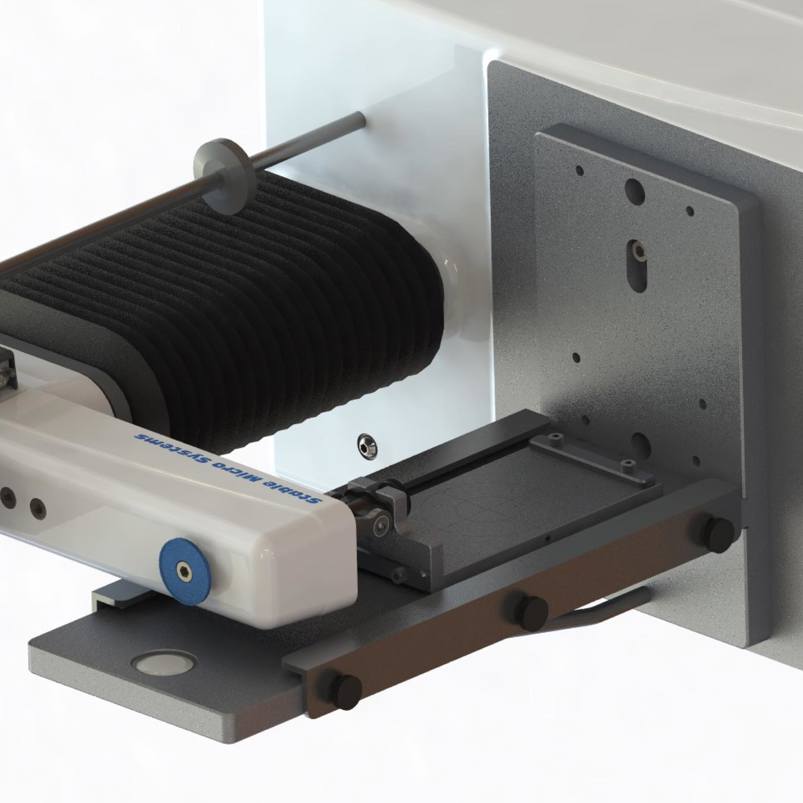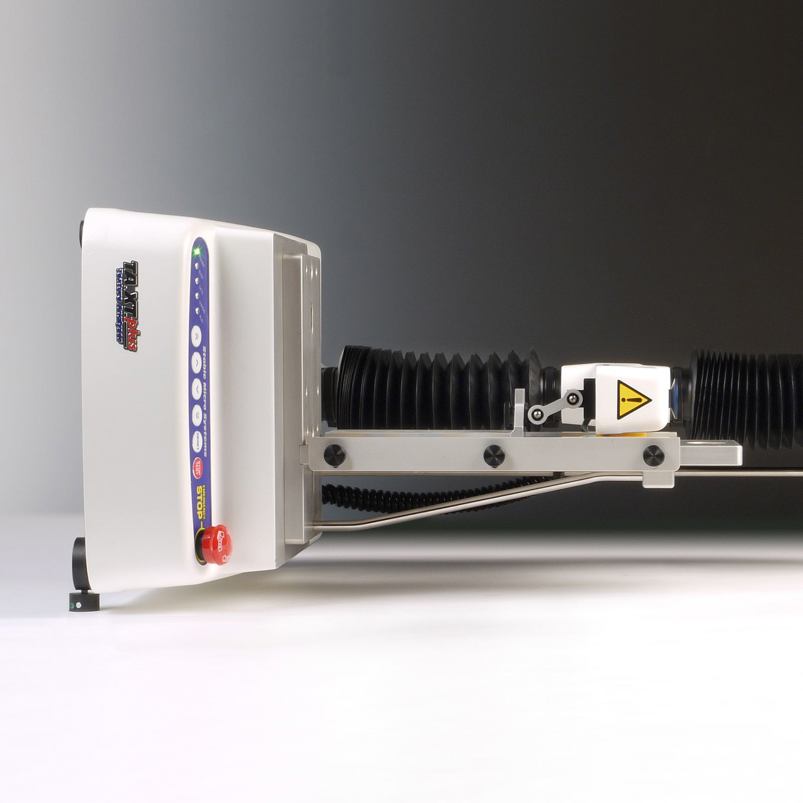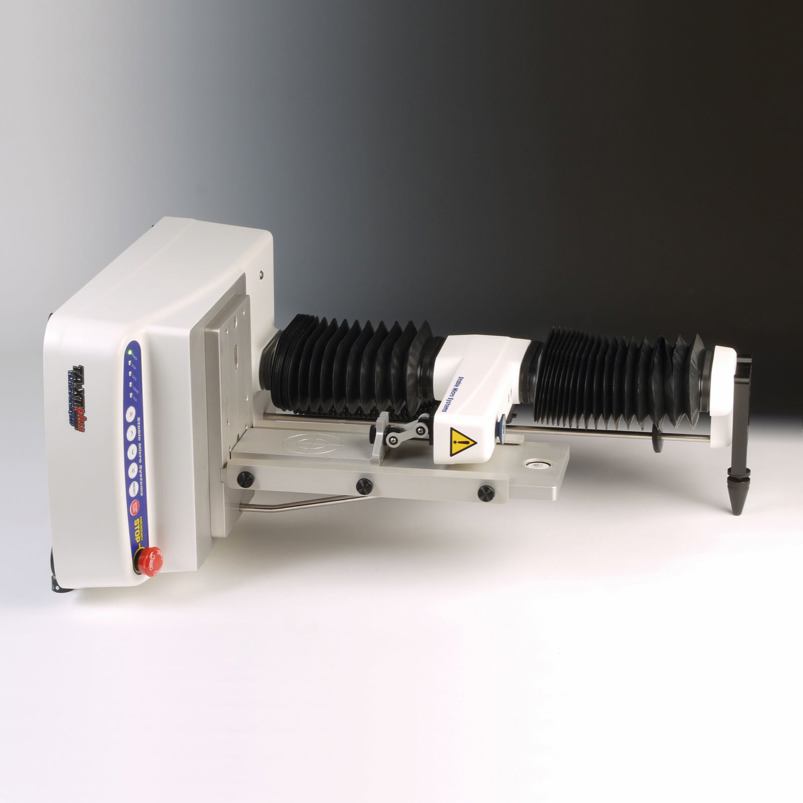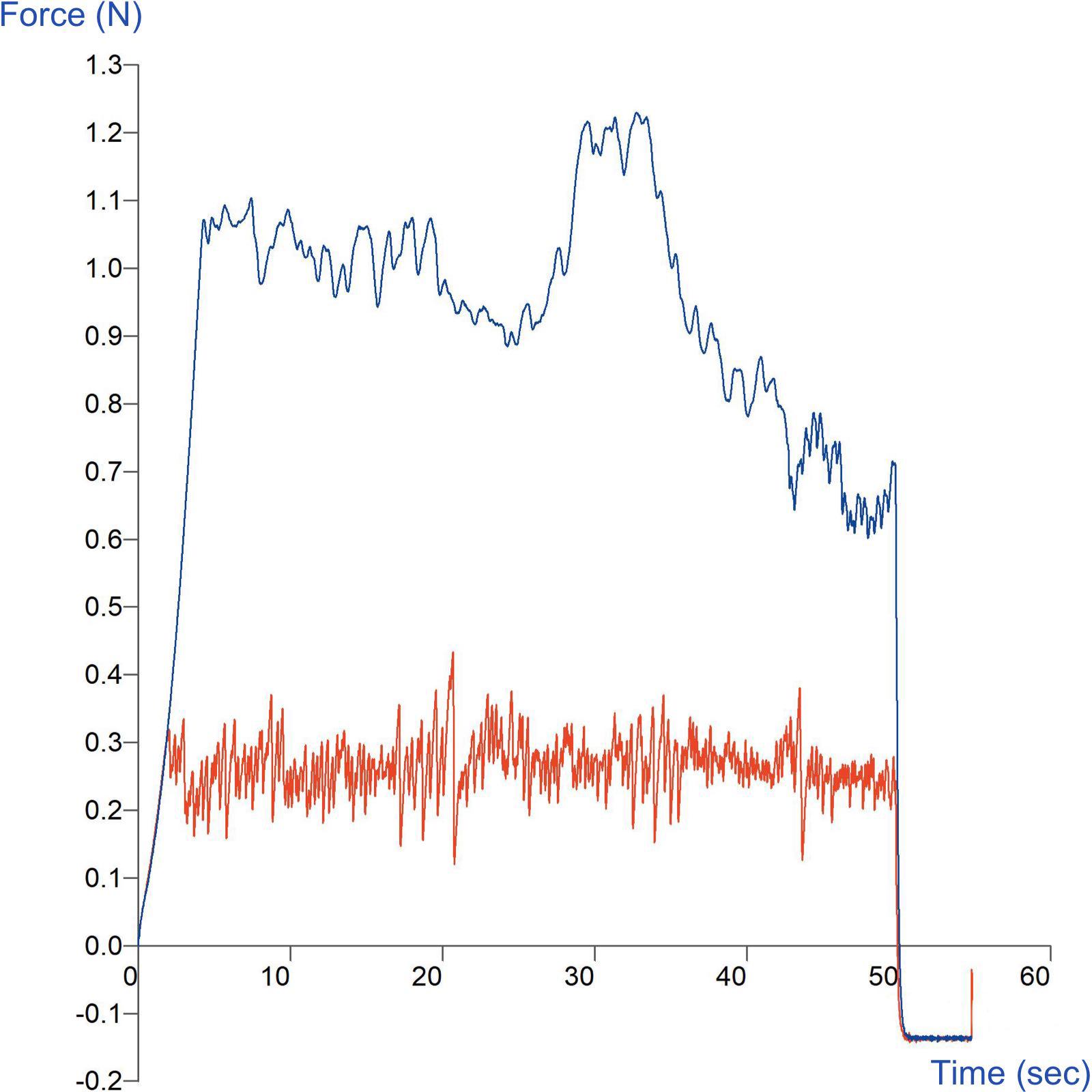Product overview
Designing products with appropriate friction characteristics is important for user experience. Measuring friction aids in developing products that feel comfortable to use and perform as intended.
This Friction System comprises a support leg and levelling feet which are fixed to the Texture Analyser, so that the assembly can be laid in a horizontal position. A platform is fitted to the base on which a friction sledge, which is attached to the Load Cell, is constrained to slide over the sample. Load is provided by a chosen weight (if necessary) positioned centrally on the sled. This arrangement offers the advantage of measuring sliding friction in both directions and also during cycling.
Typical applications include packaging, pharmaceuticals and films. The clamping arrangement on this Horizontal Friction System (compared with the Friction Rig) allows the attachment of non-flexible or rigid substrates, e.g. metal, glass.
Ideal sample form
Viscous liquids to solid films.
Benefits and limitations
- Provides a means of testing friction in two directions, i.e. friction tests can be cyclic
- For use with the TA.XT2i, TA.XTplus and TA.XTplusC Texture Analysers only.
- The Texture Analyser has to be laid on its side to operate this rig.
Technical information
Installation
Full installation instructions are provided within the Education Zone of the latest Exponent/Connect software version and on the technical information sheet accompanying this product.
Chemical compatibility
Stable Micro Systems probes and attachments are commonly made from four materials: anodised aluminium (AA6082 T6), stainless steel (316 T), Delrin (acetyl copolymer) and Perspex (polycarbonate).
In general use, probes and attachments made from these materials will be suitable for testing food products and inert non-food materials.
The four materials listed above are not universally resistant to all types of chemicals and as such the compatibility of the probe/attachment material with the product (to be tested) must be established to prevent damage to the probes and attachments. If the compatibility of the product with the probe is unknown to the customer then the chemical information about the product (Material Safety Data Sheet or Product Data Sheet) should be submitted to Stable Micro Systems. Stable Micro Systems will then assess the suitability of the probe/attachment material for use with the product and advise accordingly. If this advice is not sought then Stable Micro Systems will not accept liability for probes/attachments damaged by chemical attack from the product being tested.
Cleaning and maintenance
All probes and attachments may be cleaned in warm (or hand hot) water using a mild detergent. A soft brush may be used but abrasive cleaning aids should be avoided. Stable Micro Systems products should not be microwaved or cleaned in a dishwasher.
Screw threads should be lightly lubricated after drying using a light lubricant, e.g. petroleum jelly, mineral oil. This will aid the fitting and unscrewing of the item. Each component of a probe or attachment should be wrapped separately when stored, to avoid scratching or chipping. This will safeguard against any unnecessary damage to the accessory.




